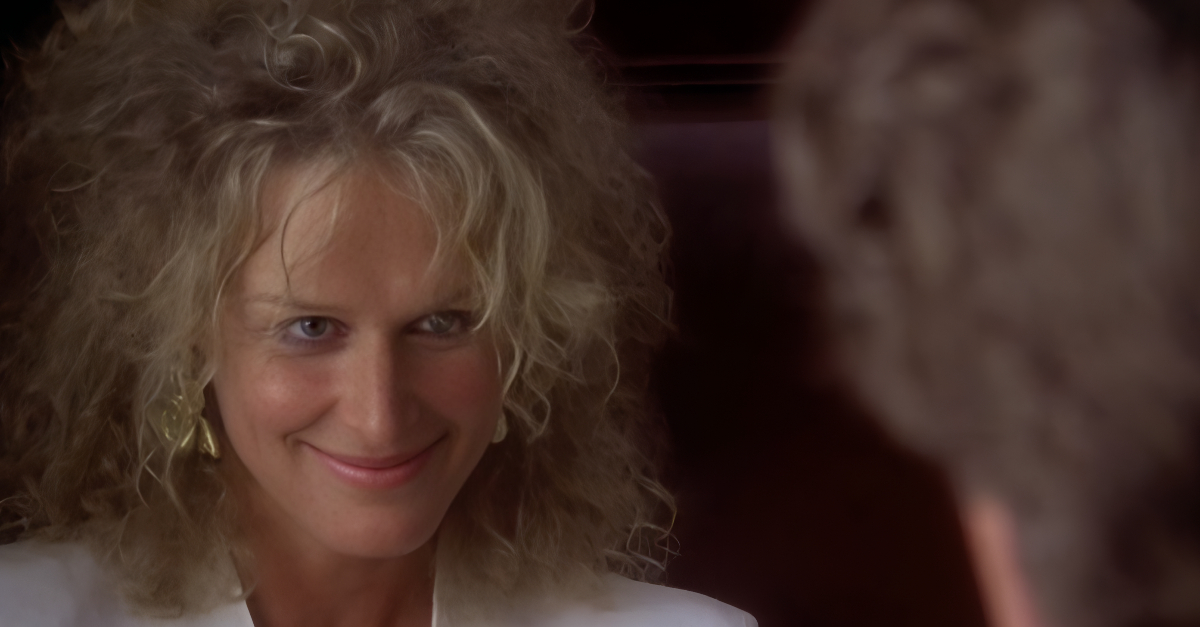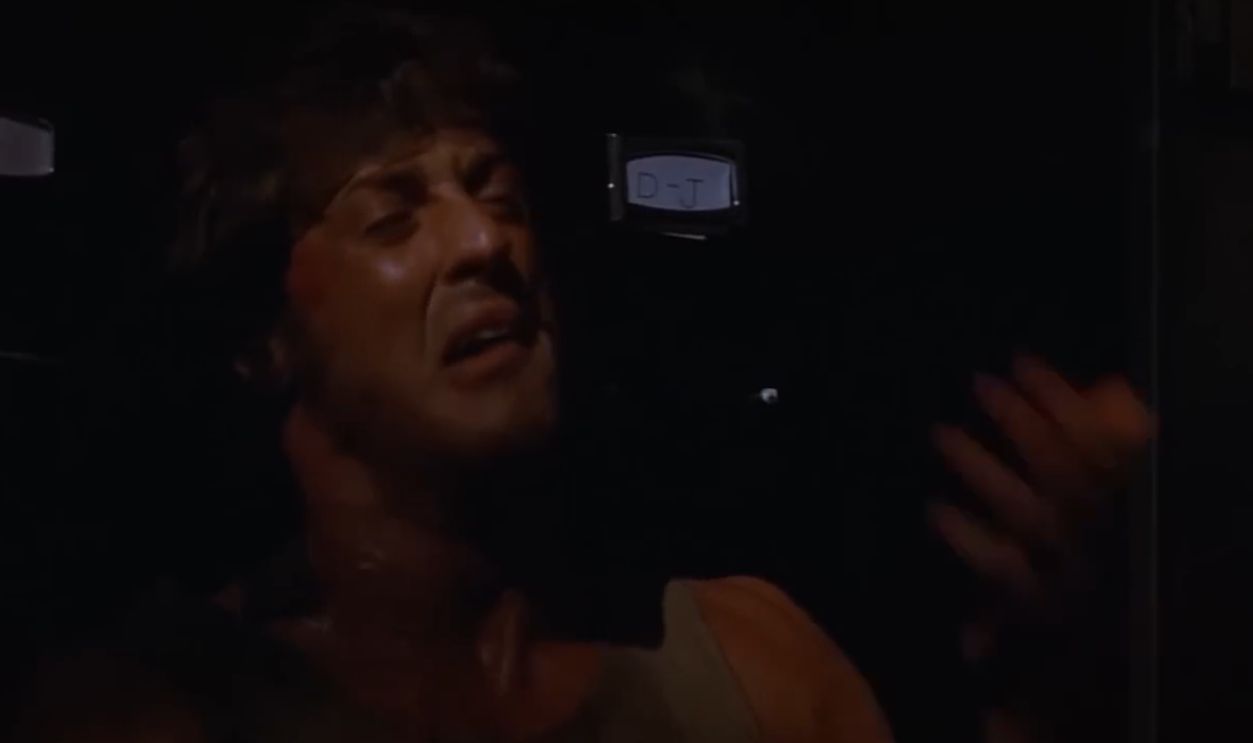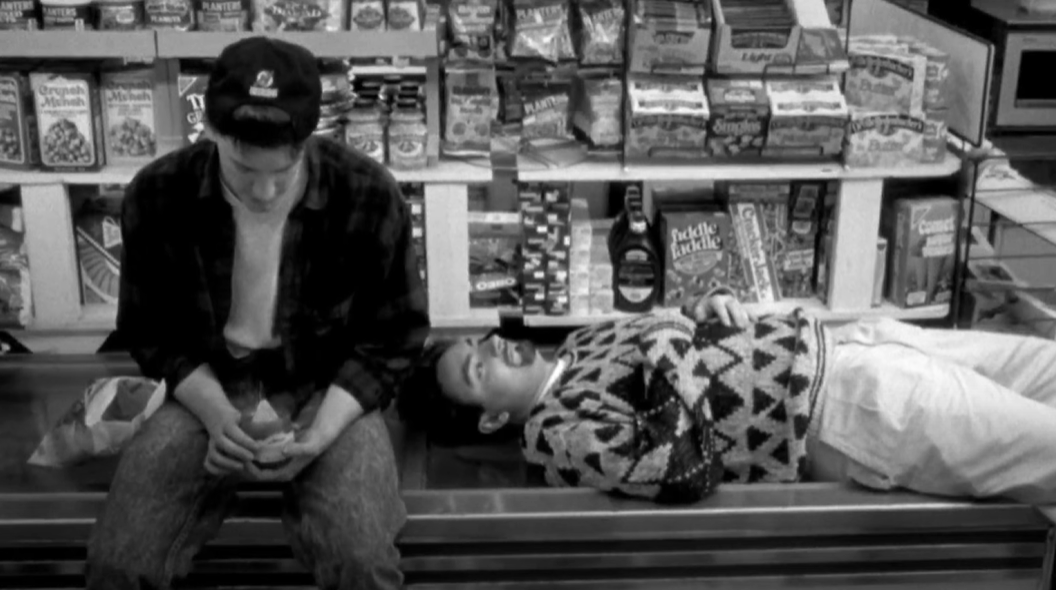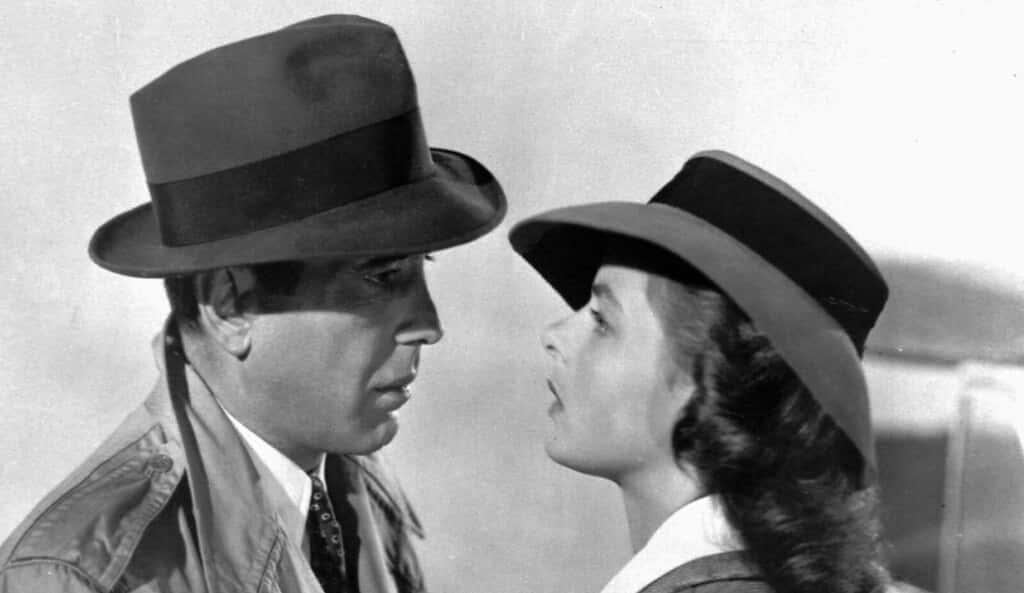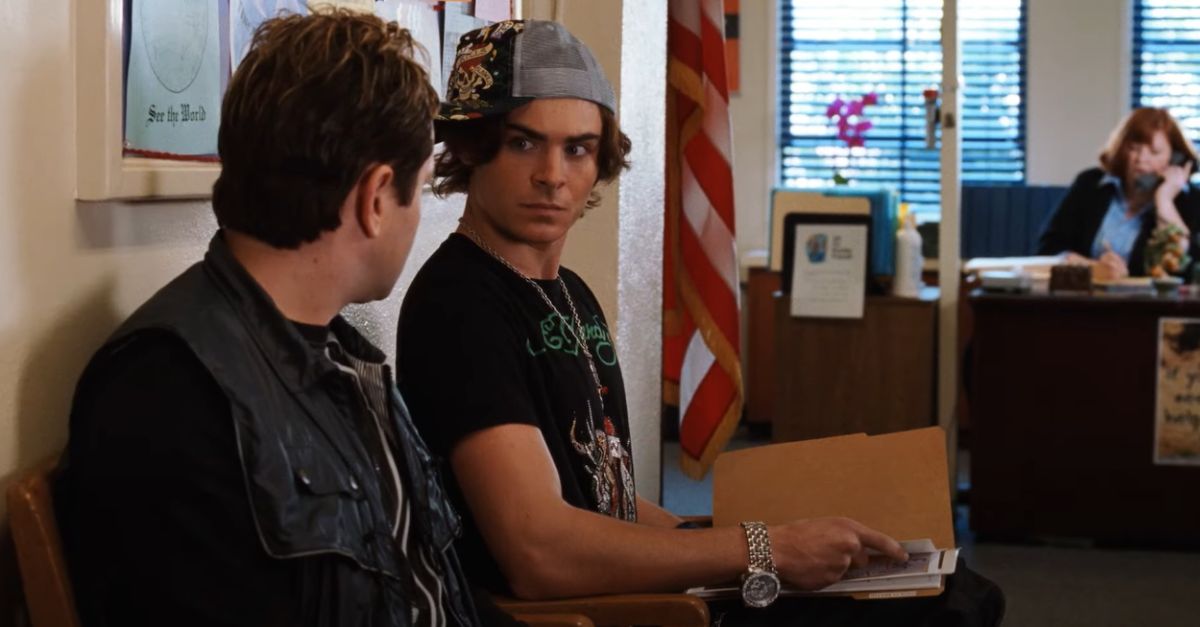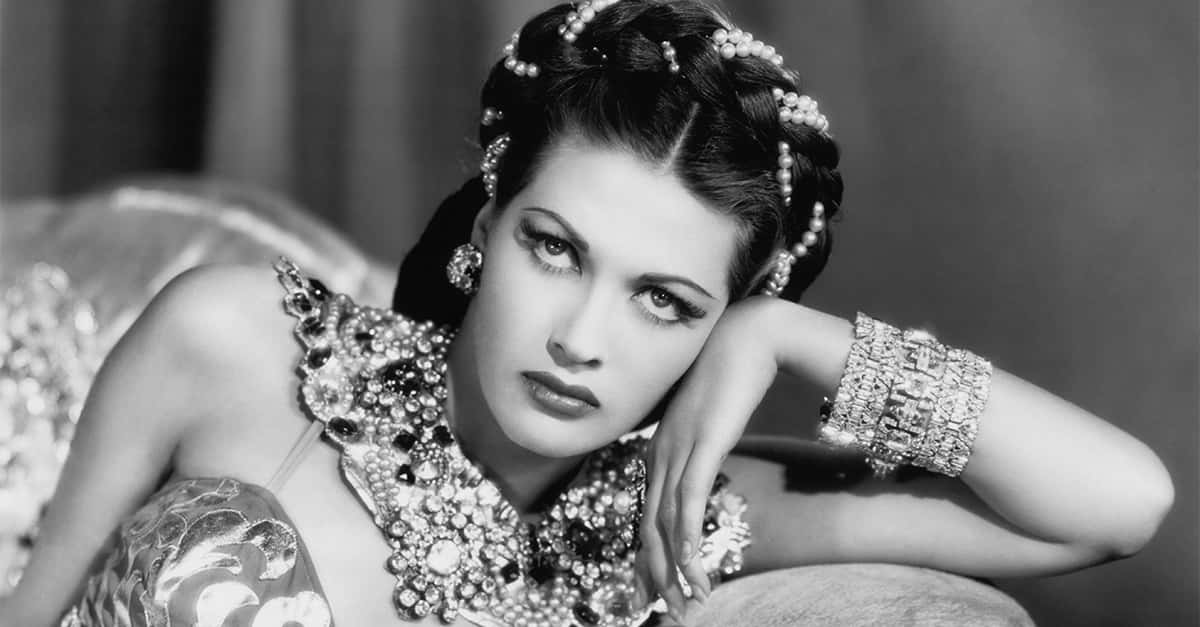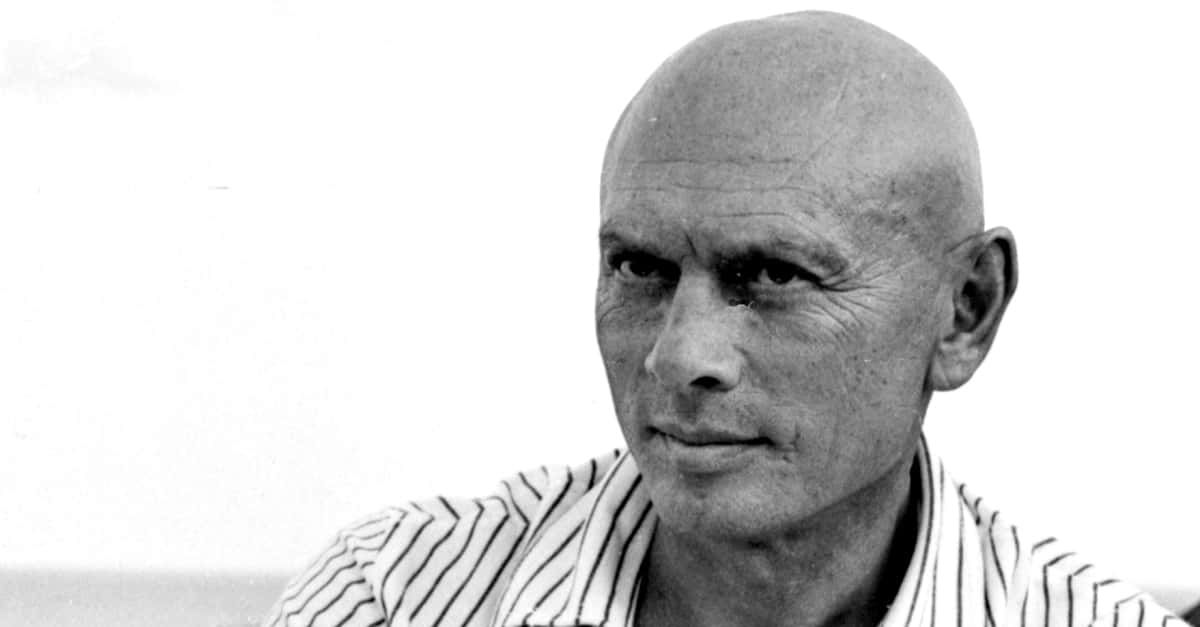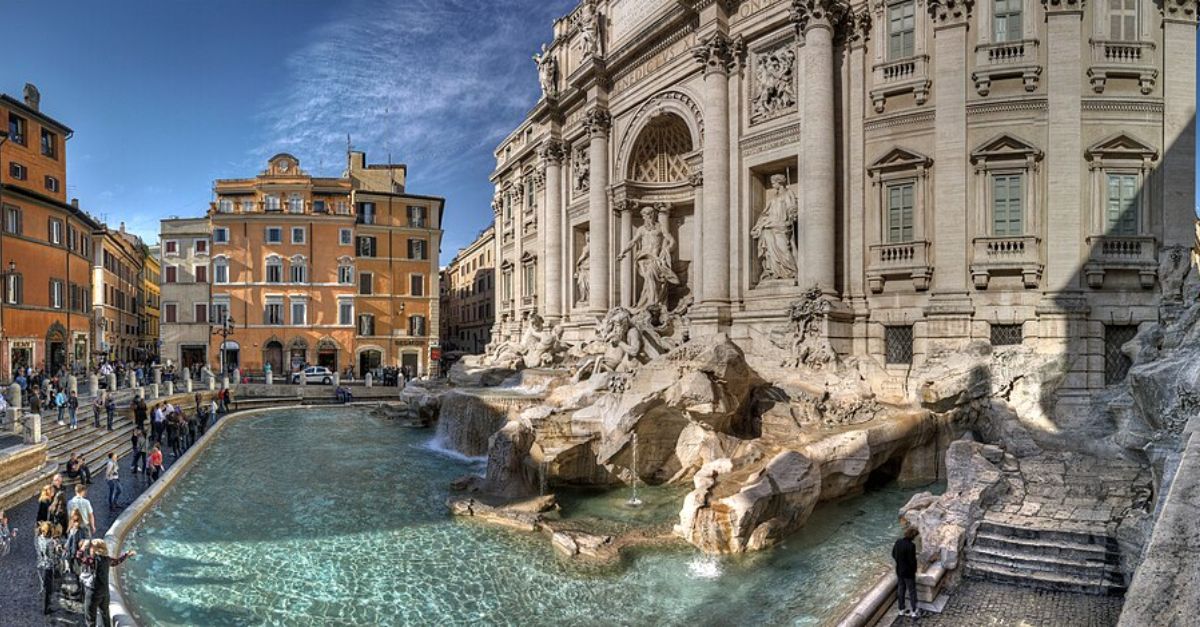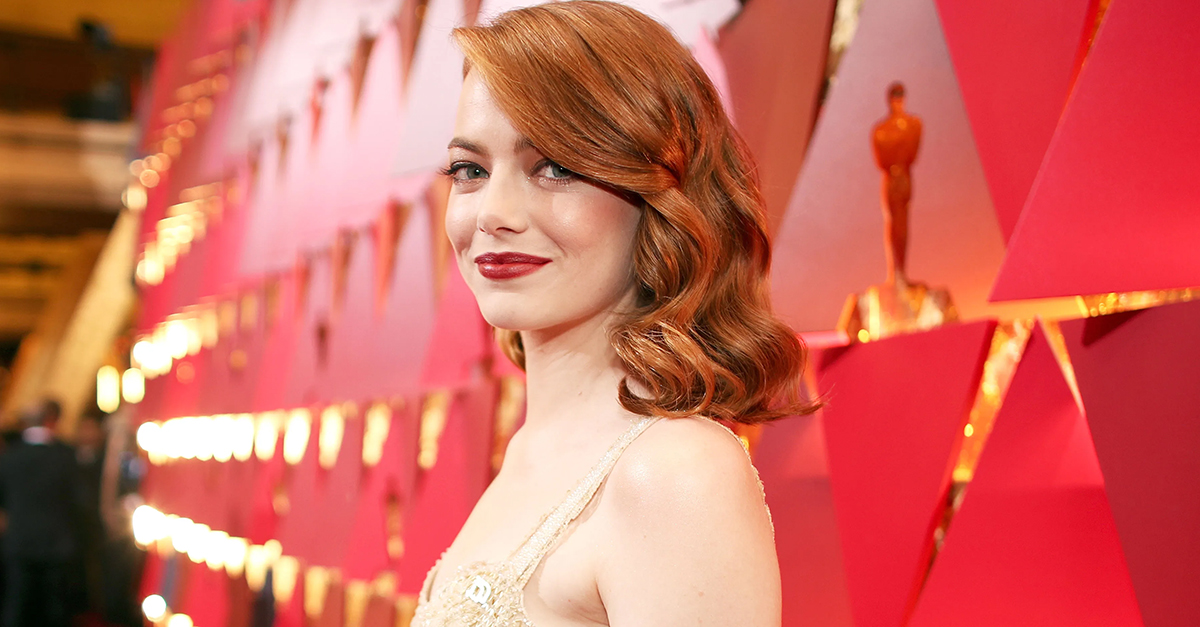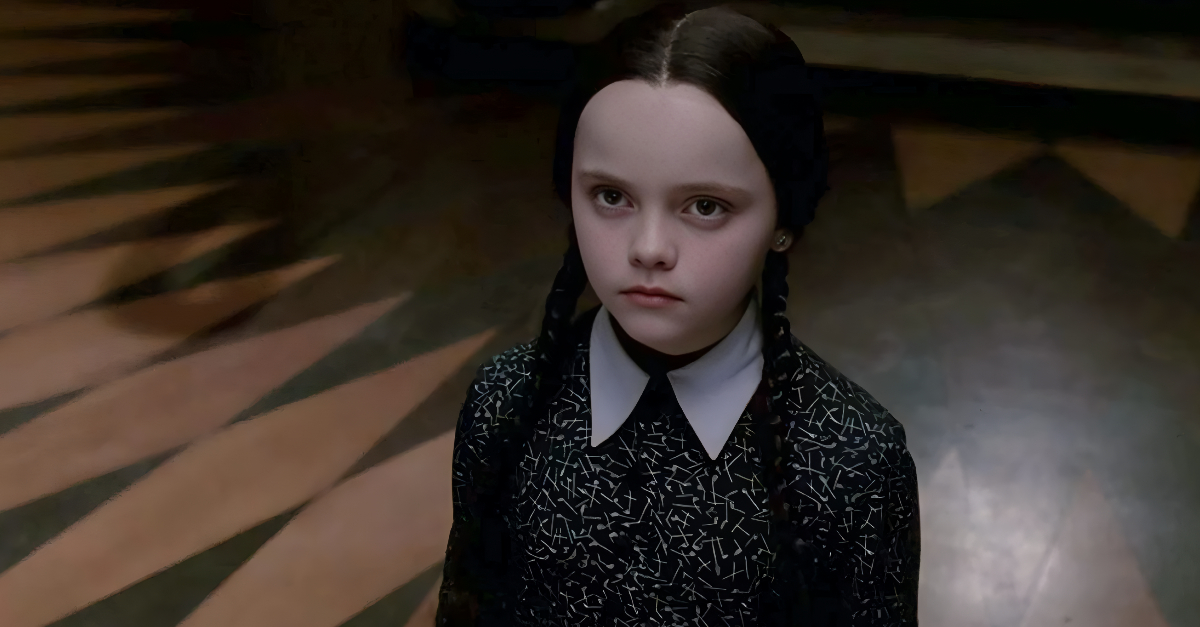A Reel Different Ending
We all know those iconic movie endings—the moments that stick with us long after the credits roll. But Hollywood is full of “what ifs,”—and there are a bunch of pretty amazing "what ifs" when it comes to some of the most beloved film finales. Some of which almost turned out completely different.
From dark downers to bizarre curveballs, these alternate endings would’ve changed movie history forever. So, buckle up—it’s time to peek at the Hollywood multiverse.
"Pretty Woman" (1990)
Hard to picture Pretty Woman without its fairy-tale limo scene, right? Well, it almost ended with Vivian dumped back on the street, heartbroken and broke. No diamonds, no rooftop rescue. Julia Roberts has even said she wouldn’t have starred in that original version. Thankfully, Disney said “no thanks” to the heartbreak and gave us one of rom-com’s happiest endings ever.
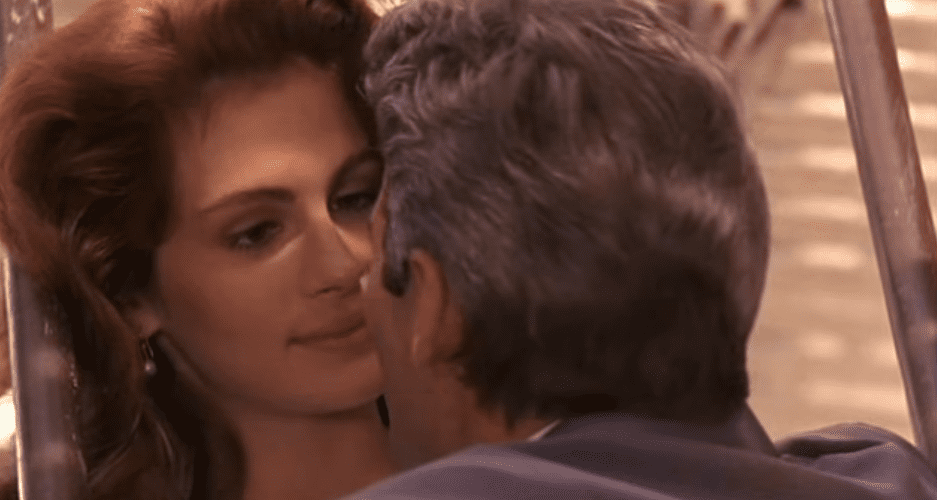 Touchstone, Pretty Woman (1990)
Touchstone, Pretty Woman (1990)
"Rocky" (1976)
Early drafts had Rocky throwing the fight for cash and ending up running a pet shop with Adrian. Talk about a downer. Sylvester Stallone pushed for the underdog triumph we all know—Rocky going the distance with Apollo. That single change transformed a small boxing drama into an Oscar-winning sports legend.
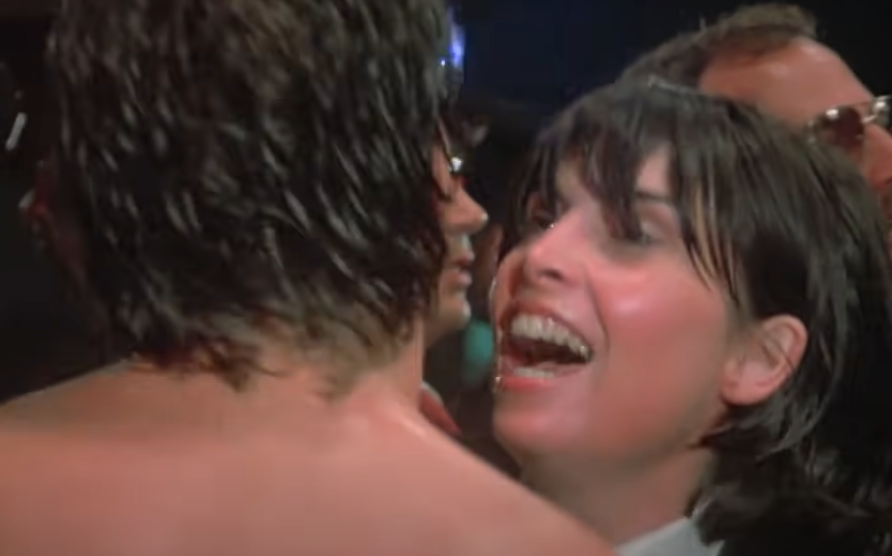 Chartoff-Winkler Productions, Rocky (1976)
Chartoff-Winkler Productions, Rocky (1976)
"Titanic" (1997)
Jack still would’ve drowned, but Titanic nearly sank with a clunky final scene. Rose originally reveals the Heart of the Ocean to the entire salvage crew before tossing it overboard in a big melodramatic gesture. Test audiences groaned. James Cameron wisely trimmed it down to Rose quietly standing alone at the railing.
 Twentieth Century, Titanic (1997)
Twentieth Century, Titanic (1997)
"I Am Legend" (2007)
Instead of blowing himself up, Will Smith’s Dr. Neville almost survived. The alternate ending reveals that the infected creatures weren’t mindless monsters at all—they just wanted one of their own back. Neville realizes he’s the villain in their story. It’s a wild twist that flips the movie’s whole message. Studio execs went with explosions over philosophy, but many fans still argue the scrapped ending was smarter.
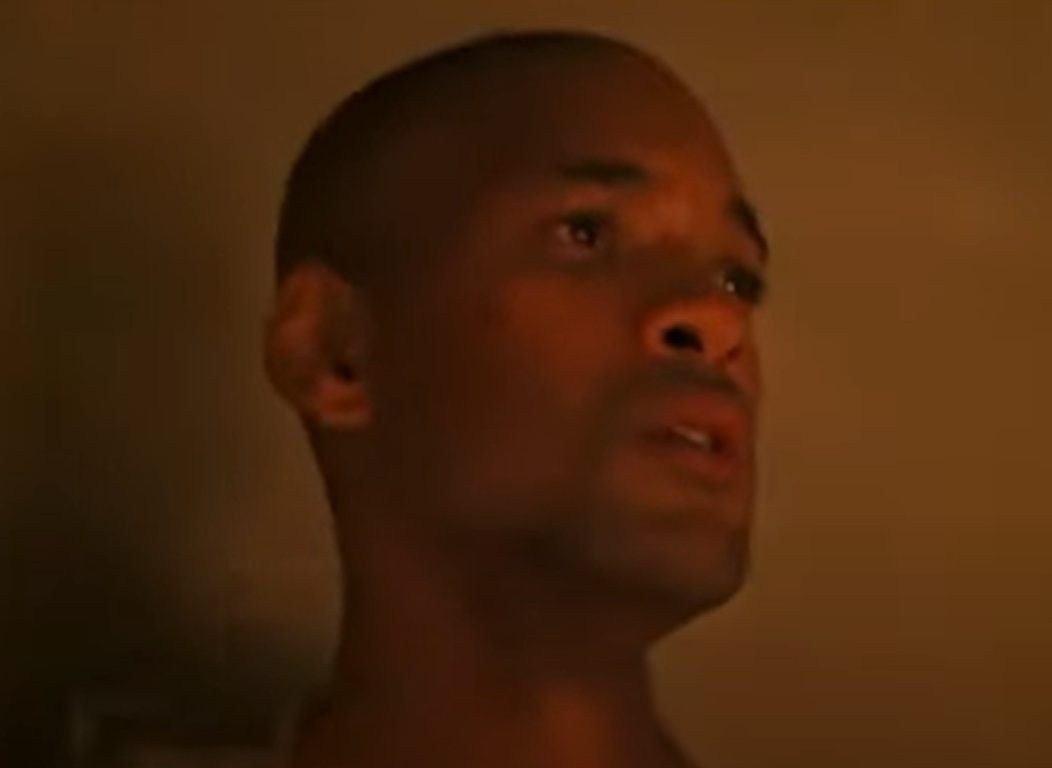 Warner Bros., I Am Legend (2007)
Warner Bros., I Am Legend (2007)
"Thelma & Louise" (1991)
That iconic freeze-frame of the Thunderbird soaring into the canyon? It almost never happened. In one draft, Thelma & Louise lived—either getting arrested or escaping to Mexico. Ridley Scott insisted on the poetic leap. Without it, the film might’ve been another road movie instead of a symbol of rebellion and female empowerment.
 Metro-Goldwyn-Mayer (MGM), Thelma & Louise (1991)
Metro-Goldwyn-Mayer (MGM), Thelma & Louise (1991)
"Die Hard with a Vengeance" (1995)
Instead of an explosive helicopter takedown, John McClane was originally supposed to track Simon Gruber to Europe months later. The two would play a twisted game of “Simon Says” with a rocket launcher on a café table. It was bleak, slow, and kinda mean-spirited. Audiences dodged a bullet there—the filmmakers wisely chose the adrenaline-pumping finale we actually got.
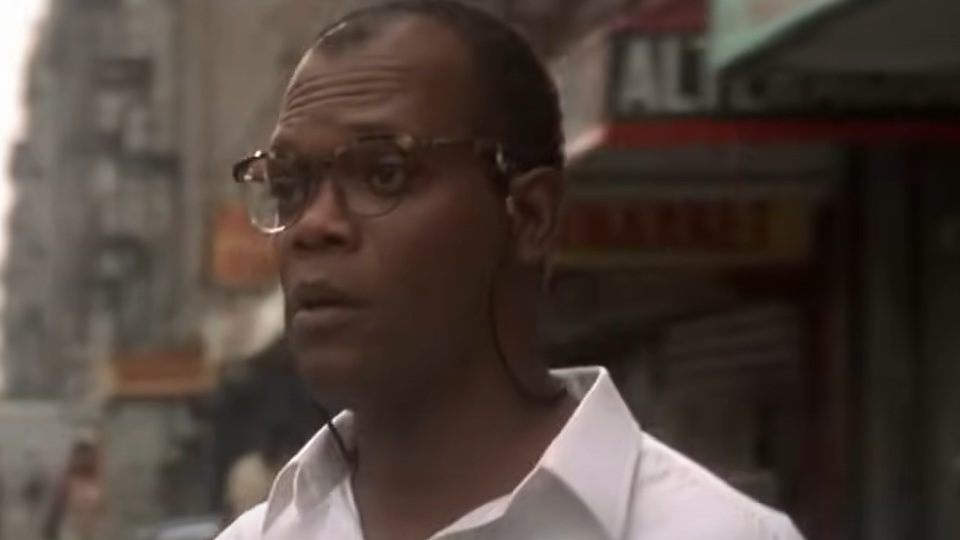 Twentieth Century, Die Hard with a Vengeance (1995)
Twentieth Century, Die Hard with a Vengeance (1995)
"Return of the Jedi" (1983)
Get this: Luke Skywalker almost went Dark Side. George Lucas toyed with ending Return of the Jedi with Luke putting on Vader’s helmet and declaring, “Now I am Vader.”
Imagine no Ewok dance party, no fireworks, just Luke cosplaying as Dad. It would’ve blown up Star Wars canon as we know it. Instead, Lucas stuck with redemption—and fans got their galaxy-sized happy ending.
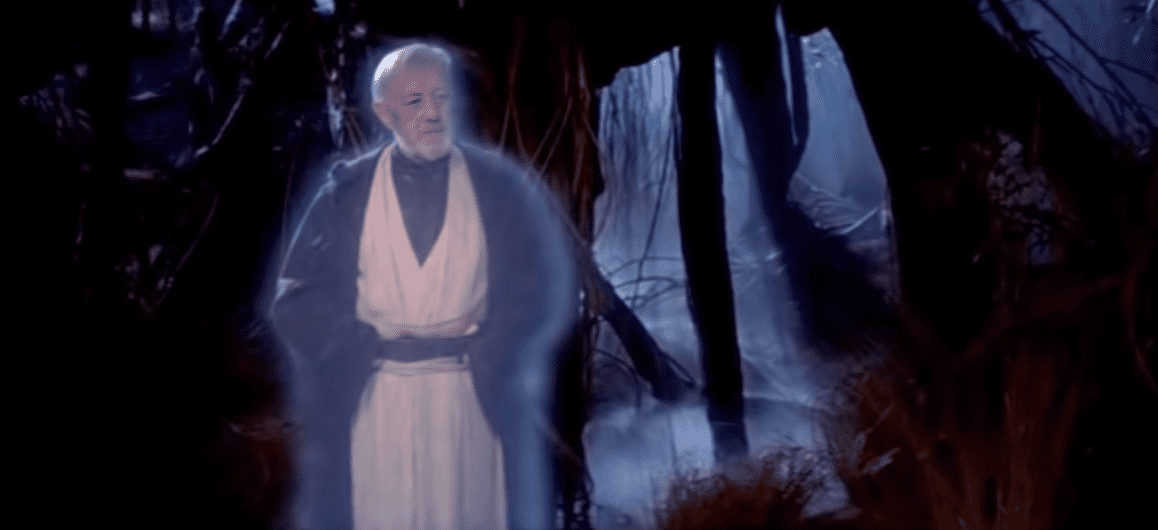 Twentieth Century, Return of the Jedi (1983)
Twentieth Century, Return of the Jedi (1983)
"First Blood" (1982)
Rambo didn’t always walk away. In David Morrell’s original novel, John Rambo dies at the end. The movie even shot that version, where Rambo begs Trautman to finish him off. Test audiences hated it, and Stallone pushed for a rewrite. That small pivot not only gave us a more hopeful ending—it launched a decades-spanning action franchise.
"Clerks" (1994)
Kevin Smith’s scrappy indie almost ended with Dante gunned down in a robbery. No jokes, no banter—just death. Smith later said it was way too grim for a comedy about slackers, so he chopped it. Good call: that edit kept Clerks alive long enough to kick off the View Askewniverse cult fandom.
"Alien" (1979)
Ripley almost didn’t make it. In Ridley Scott’s original script, the Xenomorph kills Ripley and then mimics her voice in a final transmission home. Studio execs vetoed it—too depressing, too weird. Thank goodness, because the Ripley we got blasting the alien out the airlock became one of sci-fi’s greatest heroes.
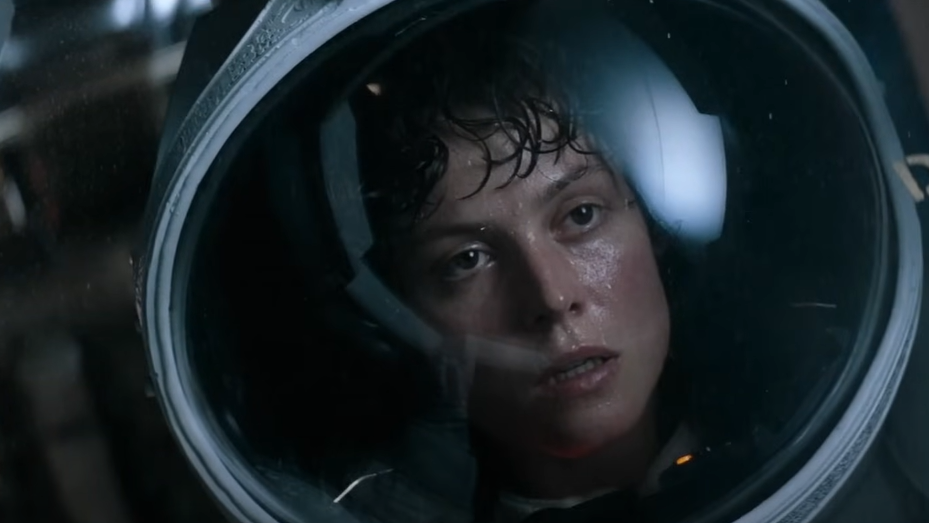 Twentieth Century, Alien (1979)
Twentieth Century, Alien (1979)
"Fatal Attraction" (1987)
Originally, Glenn Close’s Alex takes herself out and frames Dan for murder. Dark, right? Test audiences despised it. The studio reshot the infamous bathroom showdown instead, where Beth saves Dan. Close wasn’t happy about the change, but audiences ate it up—and the new finale made Fatal Attraction a definitive ’80s thriller.
 Paramount Pictures, Fatal Attraction (1987)
Paramount Pictures, Fatal Attraction (1987)
"Blade Runner" (1982)
Remember that sunny car ride tacked onto the theatrical cut? That was the studio panicking. Ridley Scott wanted a haunting, ambiguous ending, hinting Deckard might be a replicant. Years later, his “Final Cut” restored it. Today, the dreamy, unsettling version is what fans consider canon—because Blade Runner works best when it leaves you with more questions than answers.
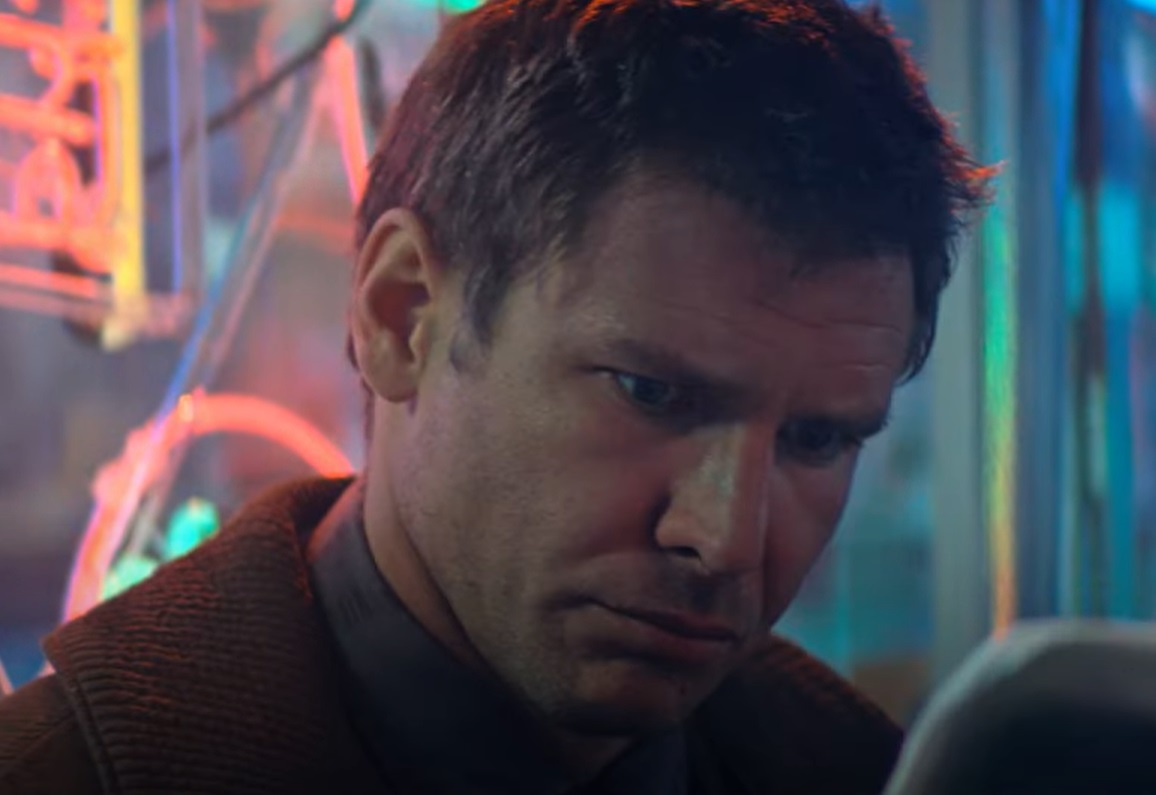 Warner Bros., Blade Runner (1982)
Warner Bros., Blade Runner (1982)
"Dr. Strangelove" (1964)
Kubrick filmed a giant pie fight in the War Room—yes, seriously. Generals, politicians, and Strangelove himself hurling desserts at each other. In the end, Kubrick decided it was too goofy for nuclear satire. He scrapped it for mushroom clouds set to “We’ll Meet Again.” Smart move—the final montage became one of cinema’s most chilling dark-comedy moments.
 Columbia Pictures, Dr. Strangelove (1964)
Columbia Pictures, Dr. Strangelove (1964)
"Terminator 2: Judgment Day" (1991)
Instead of Sarah’s voiceover about the “unknown future,” James Cameron almost ended with old Sarah Connor in a happy future where Judgment Day never happened. Neat, tidy—and totally un-Cameron. He scrapped it, leaving the story open. That haunting sense of uncertainty is why T2 still feels fresh and terrifying decades later.
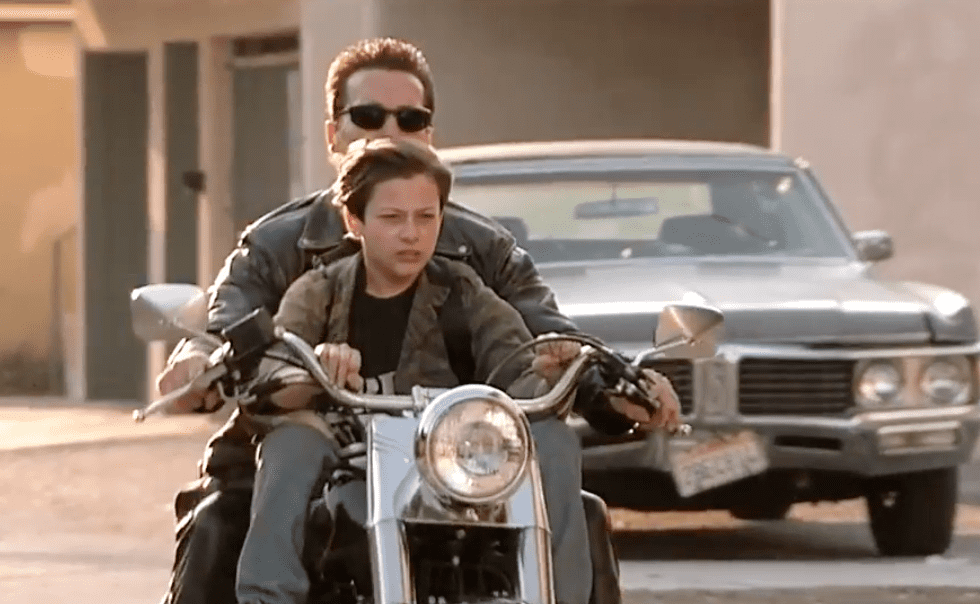 Terminator 2: Judgment Day, TriStar Pictures
Terminator 2: Judgment Day, TriStar Pictures
"The Shining" (1980)
After Jack froze in the maze, Kubrick originally added a hospital scene where Wendy and Danny learn the Overlook had nothing supernatural about it. Too neat, too boring. He cut it, ending instead with the creepy ballroom photo of Jack in 1921. That haunting image turned The Shining into a forever-haunting puzzle box.
 Warner Bros., The Shining (1980)
Warner Bros., The Shining (1980)
"Lethal Weapon 2" (1989)
Riggs was supposed to die in a blaze of glory. Richard Donner’s early draft ended with his heroic sacrifice. But test audiences hated losing Mel Gibson’s tortured cop, so Riggs survived—and that decision paved the way for a multi-film buddy-cop franchise.
 Warner Bros., Lethal Weapon 2 (1989)
Warner Bros., Lethal Weapon 2 (1989)
"28 Days Later" (2002)
Danny Boyle filmed a downbeat ending where Jim dies in the hospital, leaving Selena and Hannah to fend for themselves. Brutal, yes. But after test screenings, Boyle leaned toward hope, letting Jim live. Both endings are powerful, but the release version gave fans a ray of sunshine in a grim zombie world.
 Fox Searchlight Pictures, 28 Days Later (2002)
Fox Searchlight Pictures, 28 Days Later (2002)
"Little Shop of Horrors" (1986)
The stage version ends with Audrey II winning. And Frank Oz filmed that ending—giant plants chomping on cities. Audiences hated watching Seymour and Audrey die, so the studio forced a reshoot. The happier ending stuck. Some fans still love the darker version, but the theatrical cut became a musical cult classic.
 Warner Bros., Little Shop of Horrors (1986)
Warner Bros., Little Shop of Horrors (1986)
"Eternal Sunshine of the Spotless Mind" (2004)
Charlie Kaufman wrote a crushing finale where Joel and Clementine endlessly erase each other in a cycle of heartbreak. The filmed ending leaves them trying again, knowing it could fail. It’s bittersweet, hopeful, and way more human. That choice turned Eternal Sunshine into a cult romance instead of a cosmic tragedy.
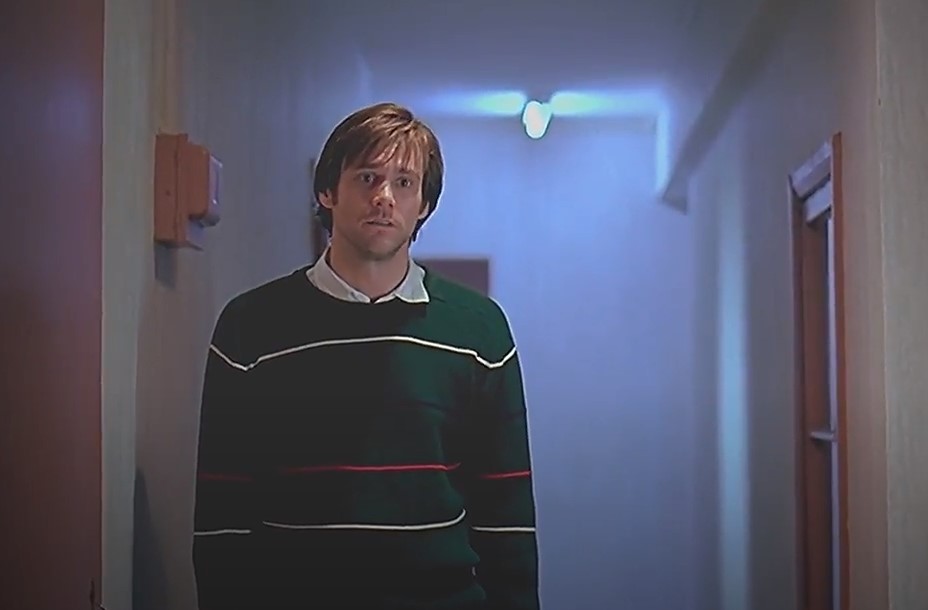 Focus Features, Eternal Sunshine Of The Spotless Mind (2004)
Focus Features, Eternal Sunshine Of The Spotless Mind (2004)
"Se7en" (1995)
New Line wanted a lighter ending where Mills saves Tracy. David Fincher and Brad Pitt threatened to quit unless the box stayed. The result? A finale so shocking it’s become shorthand for dark twists. Se7en’s grim closing line cemented it as one of the bleakest thrillers ever made.
"Rogue One: A Star Wars Story" (2016)
Originally, Jyn and Cassian escaped Scarif alive. Disney execs even assumed that’s how it would end. But director Gareth Edwards pushed for the bold move: everyone dies on the beach. It was a gamble that paid off, giving Rogue One one of the ballsiest endings in blockbuster history.
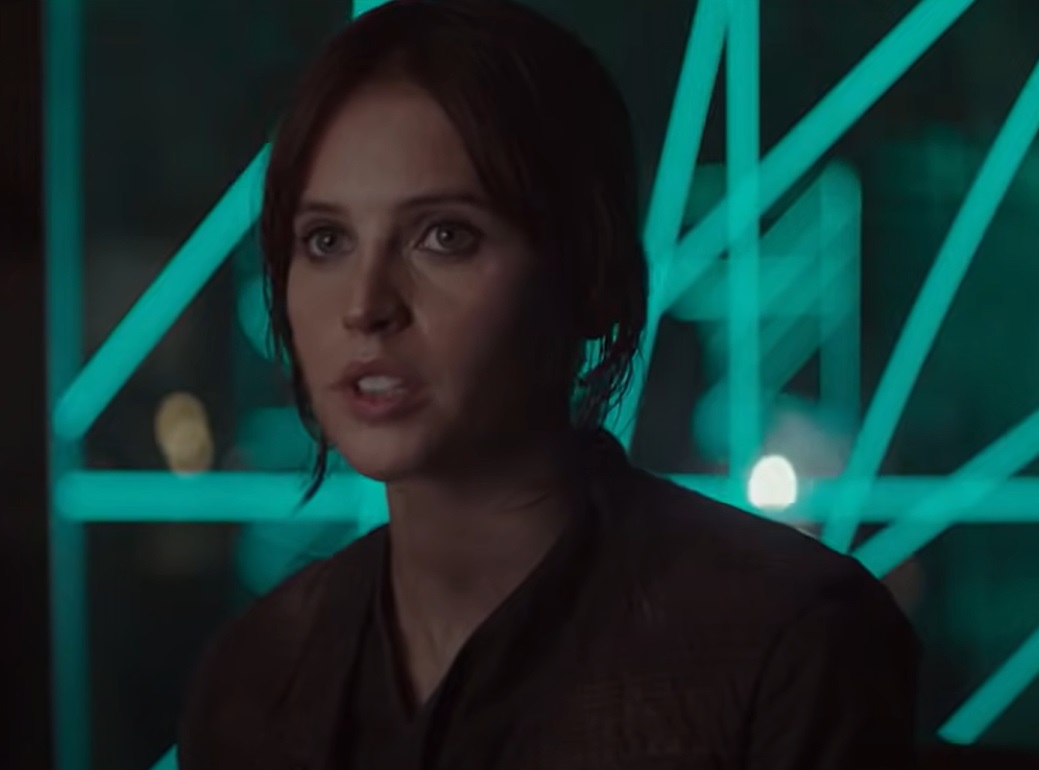 Walt Disney, Rogue One: A Star Wars Story (2016)
Walt Disney, Rogue One: A Star Wars Story (2016)
"The Butterfly Effect" (2004)
The wildest alternate ending? Evan strangling himself with his umbilical cord in the womb. Yes, really. Test audiences noped out hard, so the theatrical release went with the gentler “we never meet” timeline. Still, the scrapped ending is infamous for being so shocking it’s almost unwatchable.
 New Line Cinema, The Butterfly Effect (2004)
New Line Cinema, The Butterfly Effect (2004)
"Brazil" (1985)
Terry Gilliam envisioned a nightmare ending: Sam is lobotomized, humming “Brazil” as the state crushes his mind. The studio balked, forcing a “Love Conquers All” happy cut. Gilliam waged a famous battle to release his version—and won. Today, the dark ending is celebrated as one of the most audacious finales in cinema.
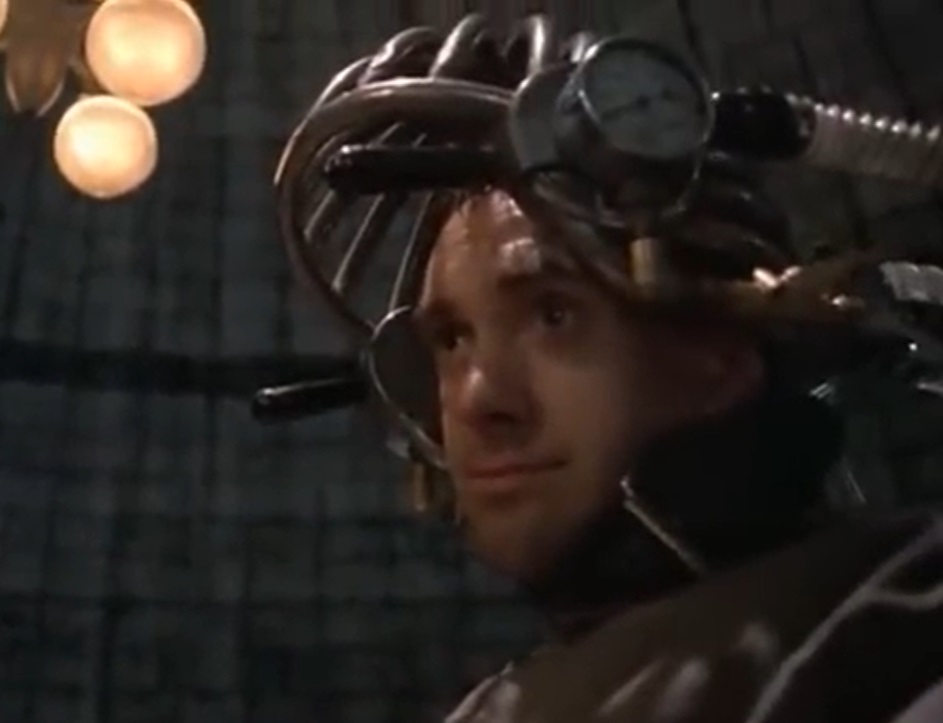 Embassy International Pictures, Brazil (1985)
Embassy International Pictures, Brazil (1985)
"Army of Darkness" (1992)
Sam Raimi’s original cut had Ash oversleep and wake up in a ruined, apocalyptic future. Universal said nope, and made him quip “Shop smart, shop S-Mart!” instead. The cheerier ending matched the franchise’s campy tone. Still, fans love watching both versions to see which Ash timeline they prefer.
 Renaissance Pictures, Army Of Darkness (1992)
Renaissance Pictures, Army Of Darkness (1992)
"The Notebook" (2004)
Instead of dying side by side, there was talk of a more ambiguous fadeout where we don’t know what happens to Noah and Allie. The deathbed scene won out, cementing The Notebook as one of the all-time tearjerkers.
 New Line Cinema, The Notebook (2004)
New Line Cinema, The Notebook (2004)
"Scott Pilgrim vs. The World" (2010)
Early screenings had Scott ending up with Knives. But fans hated it. The ending was reshot so Scott walks away with Ramona. It fits the comic and gives the film its sweet, surreal closure. Without that fix, Scott Pilgrim might’ve been remembered for its fights, not its heartfelt finale.
 Universal Pictures, Scott Pilgrim vs. The World (2010)
Universal Pictures, Scott Pilgrim vs. The World (2010)
"Casablanca" (1942)
Rick almost boarded that plane with Ilsa. The studio quickly realized the movie worked best with sacrifice. The bittersweet ending gave us not just “We’ll always have Paris,” but one of the most enduring love stories ever told. Changing it would’ve robbed Casablanca of its legendary status.
"Get Out" (2017)
Jordan Peele first filmed Chris being arrested after surviving the Armitages. Grim, real, and heavy. But in test screenings, audiences wanted justice, not despair. Peele rewrote it so Rod rescues Chris instead. The shift made Get Out a crowd-pleasing satire rather than a tragedy.
 Universal Pictures, Get Out (2017)
Universal Pictures, Get Out (2017)
"A Nightmare on Elm Street" (1984)
Nancy was supposed to win. But the studio wanted Freddy back for sequels. So we got the surreal ending with Freddy’s glove dragging Mom through the door. Confusing? Yes. Effective? Also yes. That weird twist gave Freddy nine lives and a franchise empire.
 New Line Cinema, A Nightmare on Elm Street (1984)
New Line Cinema, A Nightmare on Elm Street (1984)
"Little Miss Sunshine" (2006)
The final dance scene almost didn’t exist. Early edits leaned darker, ending with Olive’s humiliating pageant loss. But filmmakers rewrote it into the chaotic, joyous family boogie that made the movie a hit. Without that switch, Little Miss Sunshine might not have been the life-affirming indie gem we know today.
 Fox Searchlight Pictures, Little Miss Sunshine (2006)
Fox Searchlight Pictures, Little Miss Sunshine (2006)
You Might Also Like:
Cringe Moments That Nearly Ruined Great Films
The Most Chaotic Movie Productions In Hollywood History

